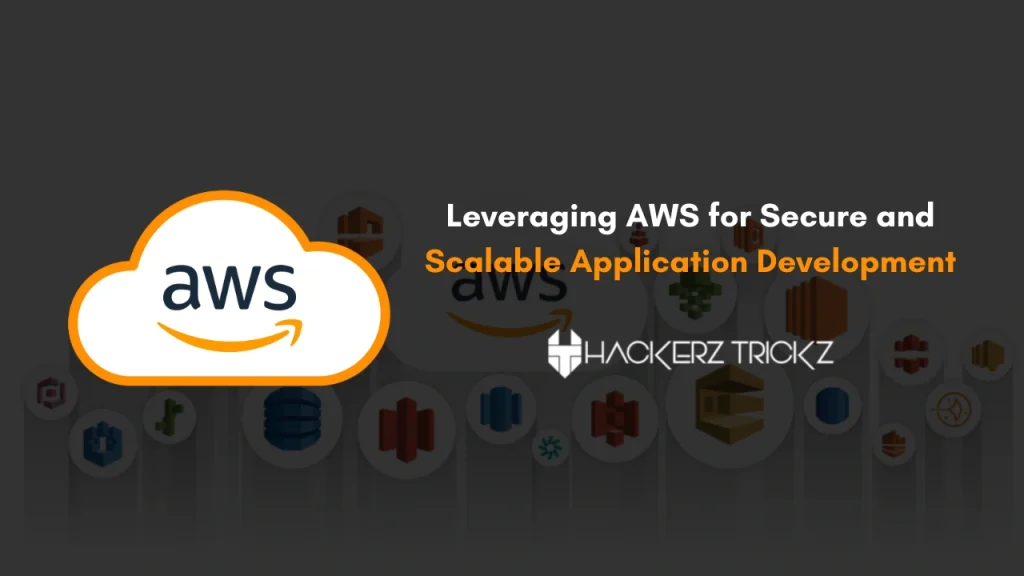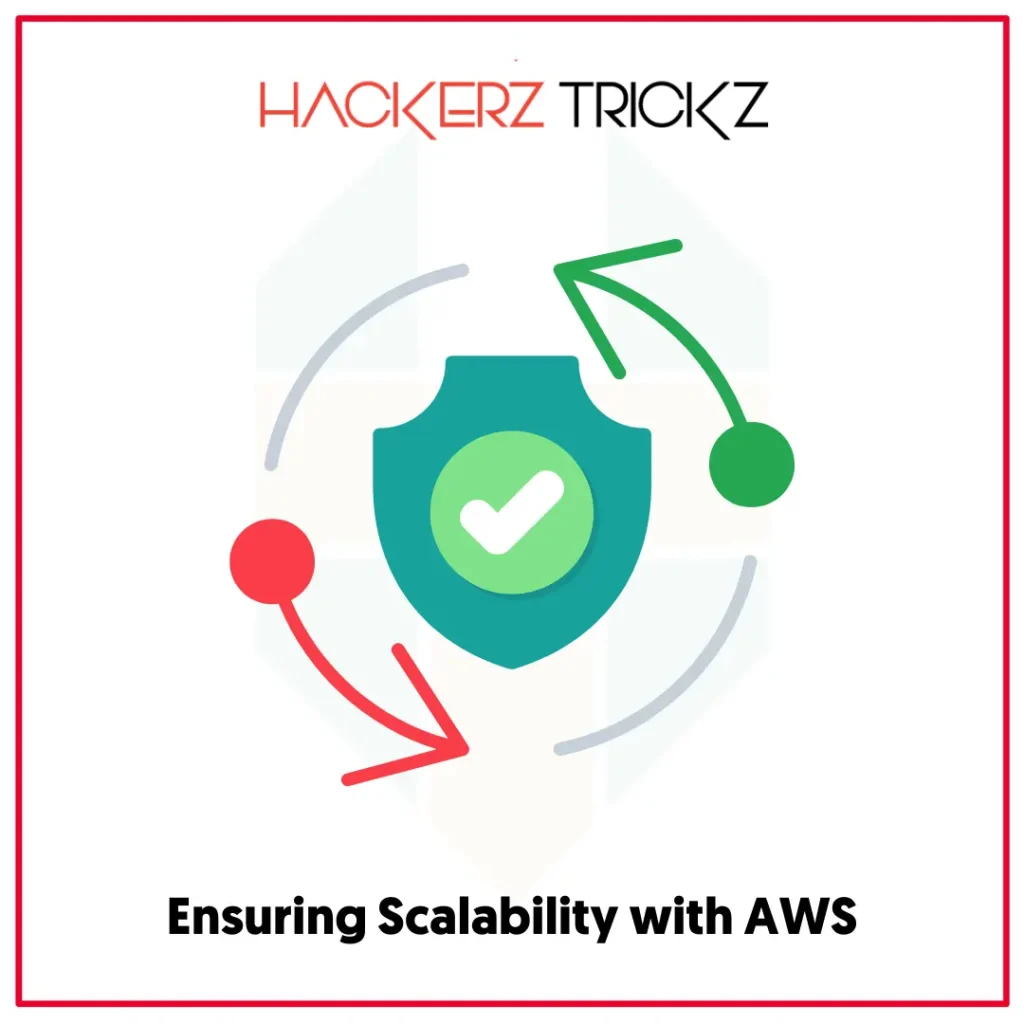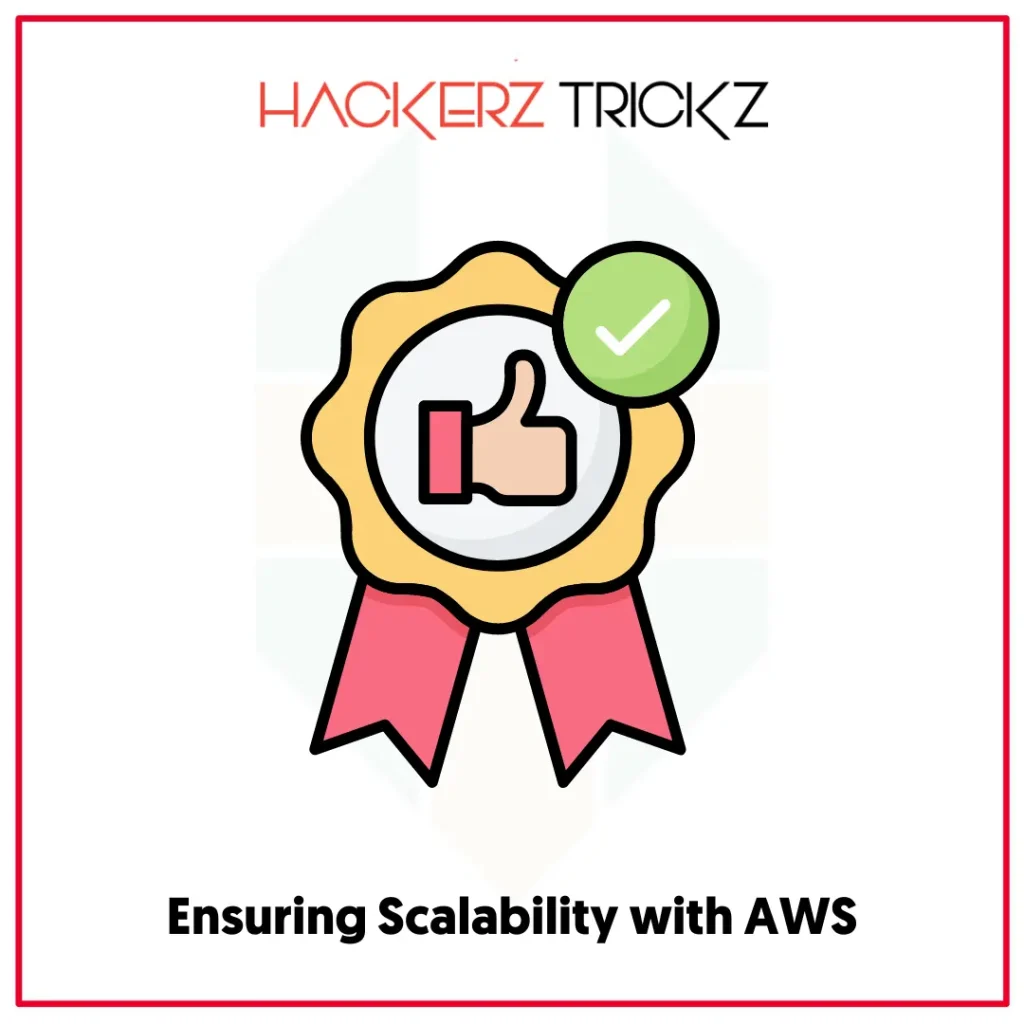
As the focus on cloud solutions emerges as the primary model for businesses and developers, the importance of security and the ability to scale applications has never been higher. AWS has a broad range of related services, making it a firm foundation upon which applications can be constructed to fulfill these requirements. Its compute and storage resources, alongside additional features such as security and management, make AWS robust for developers to build high-performance applications.
Before we intend to use AWS to its optimum level, it is crucial to know the way through which its various offerings will be beneficial. In this post, we will explore the primary considerations for using AWS for building applications regarding security and elasticity. Discover new trends and technical solutions to stay at the front of innovation and learn more from a trusted partner.
Contents
Understanding AWS Security Features

Safety is always a key issue in developing applications, and AWS has a multi-tiered solution to this problem. Another major one is AWS Identity and Access Management (IAM), through which developers can securely control access to their resources in AWS. IAM enables the creation of users, groups, and roles, each with particular access rights; this makes it possible to prevent unauthorized persons from accessing the information and performing vital activities.
Another important factor of AWS security is the capability to encrypt the data present in the cloud. AWS also offers solutions for server-side and client-side encryption that safeguard the data stored from unauthorized access while in transit. AWS KMS and ACM are services you can use to manage encryption keys and SSL/TLS certificates for applications, enhancing platform security.
Also, the analysis of AWS security includes identifying the availability of various security monitoring and auditing tools. These are critical services that monitor the organization’s environment continuously, log activities, and track configurations. These tools are necessary to identify different threats, monitor compliance with security standards, and react to threats almost instantly.
Ensuring Scalability with AWS

Another critical aspect of application development is scalability, and once again, AWS offers quite a lot of solutions in that regard. The central pillar of AWS elasticity is Echo Elastic Compute Cloud, which enables developers to adjust their computing capacity easily on the go, as needed. Amazon EC2 instances can be configured for virtual CPU and instance storage for each instance based on the workload. Auto Scaling allows you to set up automatic scaling based on demand for optimal performance and low cost.
Aside from EC2, AWS has another offering called AWS Lambda, which provides serverless computing services. Lambda helps developers execute code without having to set up the server and manage them independently. The platform scales up the execution of the code as and when required based on the number of incoming requests. It is beneficial in the development process and provides an assurance that the applications will be competent to address the traffic levels in question.
Amazon S3 and Amazon RDS are available for data storage options, are cost-optimized, and provide scalable data storage. S3 is a highly flexible storage system that stores vast amounts of data, and RDS lets developers launch, manage, and scale relational databases. Both services are elastic, meaning they can quickly adapt to the changing requirements in terms of data and scale and keep applications from slowing down or becoming unresponsive.
Best Practices for AWS Application Development

The following best practices must be adopted to achieve effective, secure, and scalable application development on AWS. Firstly, it is essential to identify that implementing the DevOps method can significantly improve the development process and security. Other tools in DevOps offered by AWS include AWS CodePipeline, AWS CodeBuild, and AWS CodeDeploy, which help speed up the release of software to the market while at the same time ensuring security.
The following practice is implementing the infrastructure as code (IaC) using Cloud Formation or AWS CDK (Cloud Development Kit). The overall concept of IaC is to write code that can then be used to provision infrastructure and guarantee that the outcome is the same when it is run again. This also helps to minimize the chances of human error and, at the same time, keeps a record of the changes that may have occurred to the infrastructure.
Further, logging and monitoring should also be a focus among developers. Monitoring application performance using AWS CloudWatch and receiving further detailed analysis from AWS X-Ray can be very beneficial. These tools assist in determining where the application is facing constraints, where there are problems, and where there is inefficiency, all of which are critical to maintaining application performance and the ability to handle increased workloads.
Ending the Article
The use of AWS as the basis for secure application development from which it is possible to scale up and down has the following advantages: AWS provides a wide array of services that, once employed by developers, would allow them to create applications that meet security and compliance requirements, as well as the flexibility of handling dynamic workloads and increasing user traffic.
Further to the guidelines as laid down in the best practices, including the DevOps adoption, infrastructure as code, increased and emphatic monitoring, and logging can still help to better the process and come up with highly reliable applications. Cloud technology is still progressing, and AWS remains a critical foundation for developers working to build applications that are both innovative and sustainable for the future.
